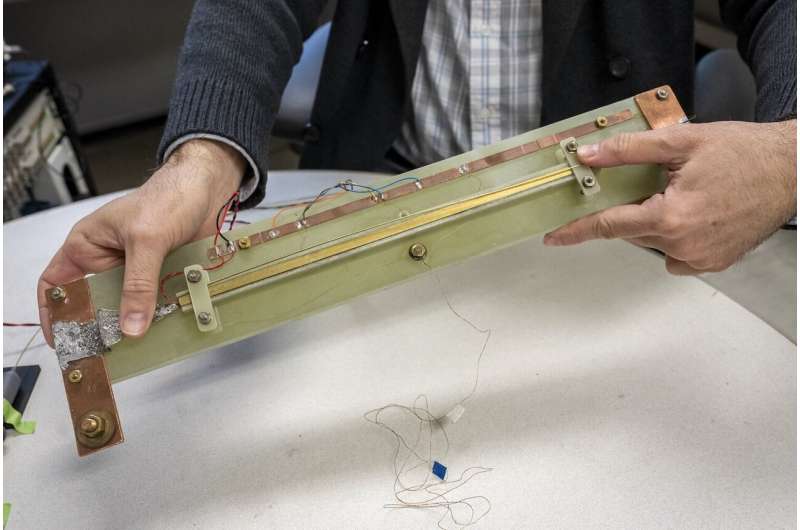Science Daily March 11, 2024
Unlike conventional magnets where a normal zone expands typically quickly, and the stored energy is dissipated across a large volume of the windings, a normal zone in a High-temperature superconductor (HTS) magnet propagates slowly and, thus, can heat up quickly to high temperatures destroying the conductor. At the same time, growing experimental evidence suggests that HTS conductors can operate in a stable dissipative flux flow regime for a substantial range of operational currents before entering an irreversible thermal runaway. Researchers at Lawrence Berkeley National Laboratory proposed a simple criterion for the thermal runaway in HTS conductors and calculated allowable temperature margins within which an HTS magnet could be operated safely. Outside of those temperature margins, a common quench integral approach might be used to estimate the upper boundary of the time margin for activating the protection system. The thermal and time margins could define the quench protection system’s requirements for implementing the quench-avoiding protection paradigm… read more. TECHNICAL ARTICLE

An experimental board containing a superconducting tape-shaped HTS material… Credit: Marilyn Sargent/Berkeley Lab